
A Lost Mayan City Has Been Found With Laser Mapping
A Mayan city lost in the dense jungle of southern Mexico has been revealed. The discovery occurred in the southeastern state of Campeche, and archaeologists have named it Valeriana, after a nearby freshwater lagoon.
“The larger of Valeriana's two monumental precincts has all the hallmarks of a classic Mayan political capital: enclosed plazas connected by a broad causeway; temple pyramids; a ball court; a reservoir formed by damming an arroyo (a seasonal watercourse); and a probable E-Group assemblage, an architectural arrangement that generally indicates a founding date prior to AD 150,” says the study, published in the journal Antiquity.
The city's discovery didn't require breaking through the jungle with machetes or patiently excavating with brushes and spatulas. Nor did researchers need tape measures, binoculars, or compasses to find their way through the thick foliage. Instead, they employed state-of-the-art technology: lasers, drones, and satellite maps. With these tools, they discovered a city hidden for centuries beneath the thick Mexican jungle, unearthing pyramids, enclosed plazas, and an ancient reservoir.
Luke Auld-Thomas, an anthropologist at Northern Arizona University, made the discovery. His analysis revealed a huge network of previously unexplored settlements.
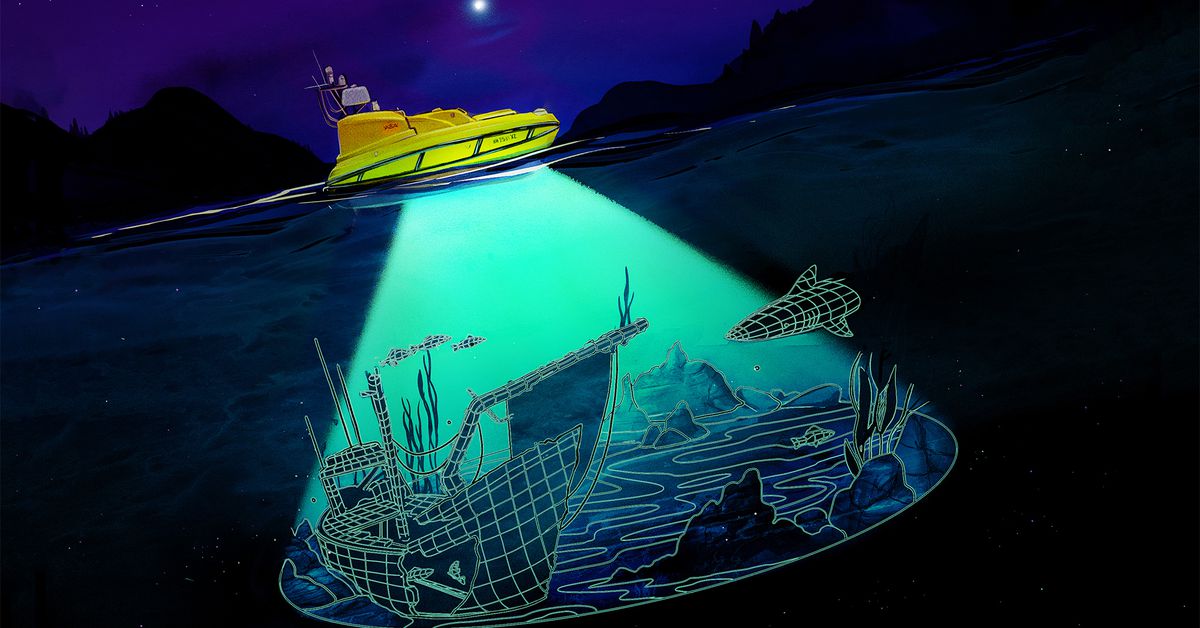
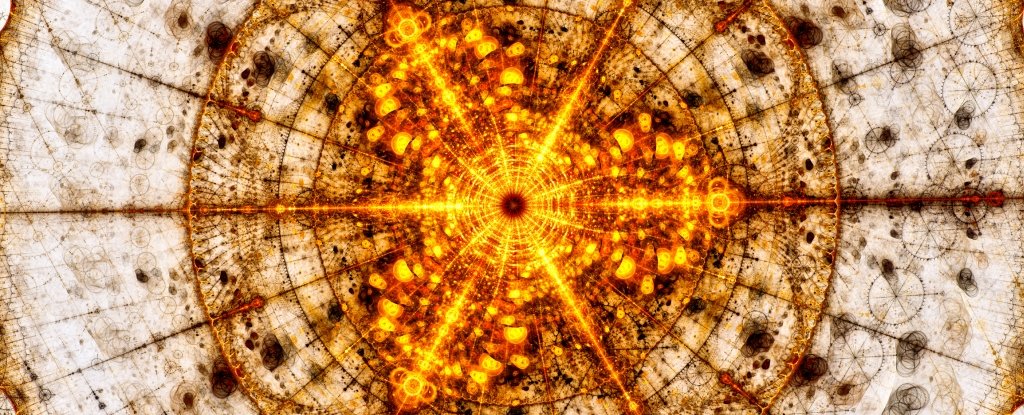

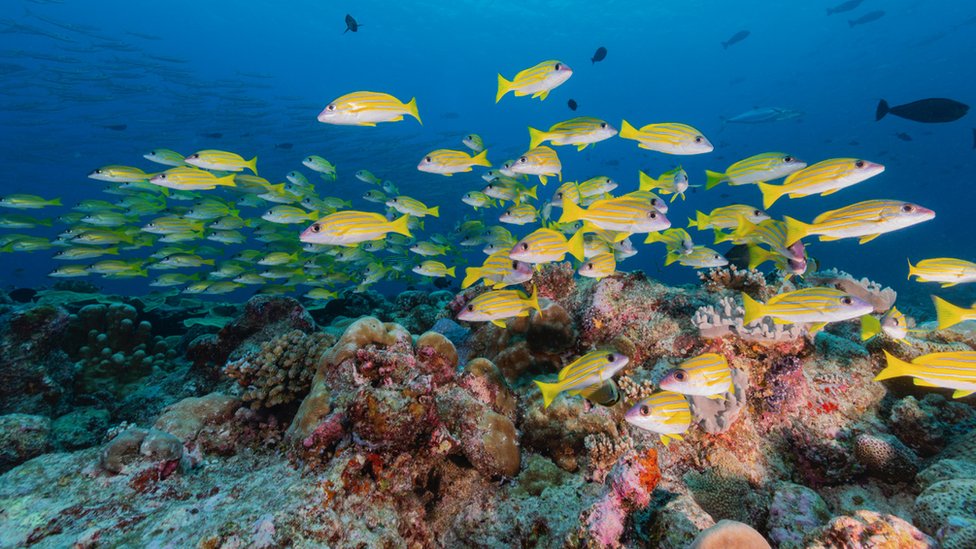
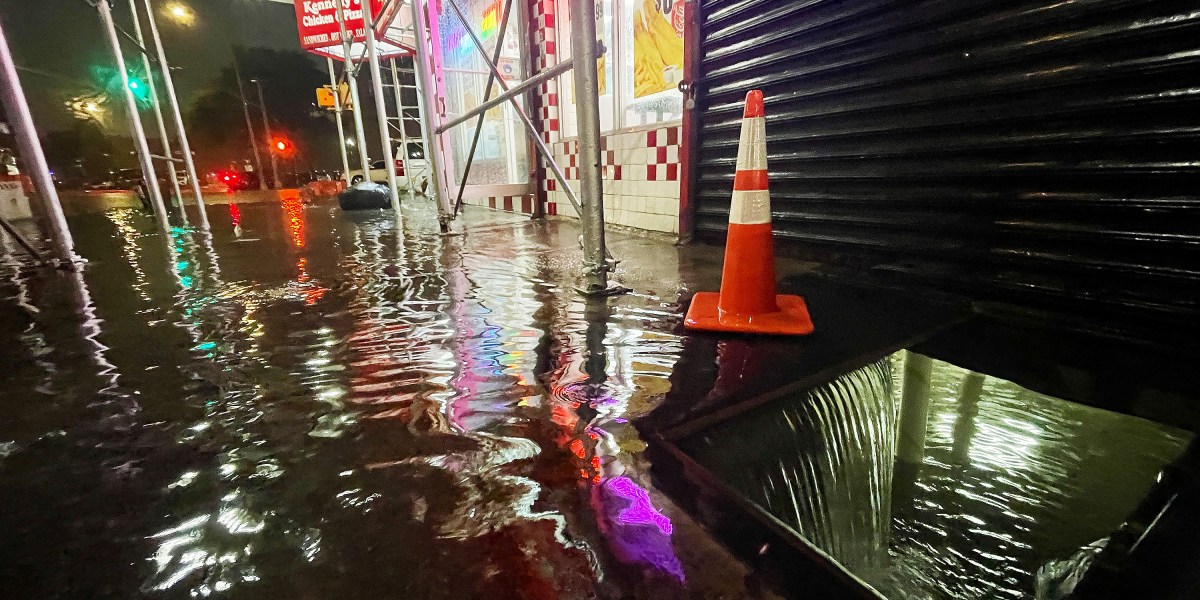


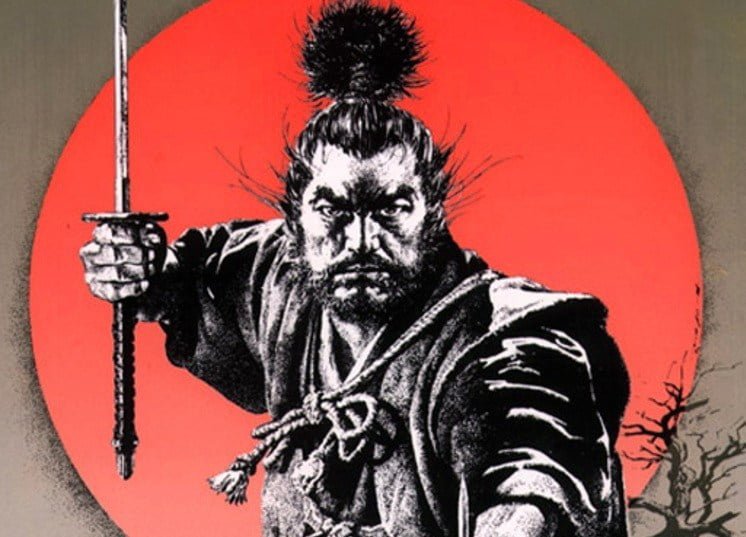



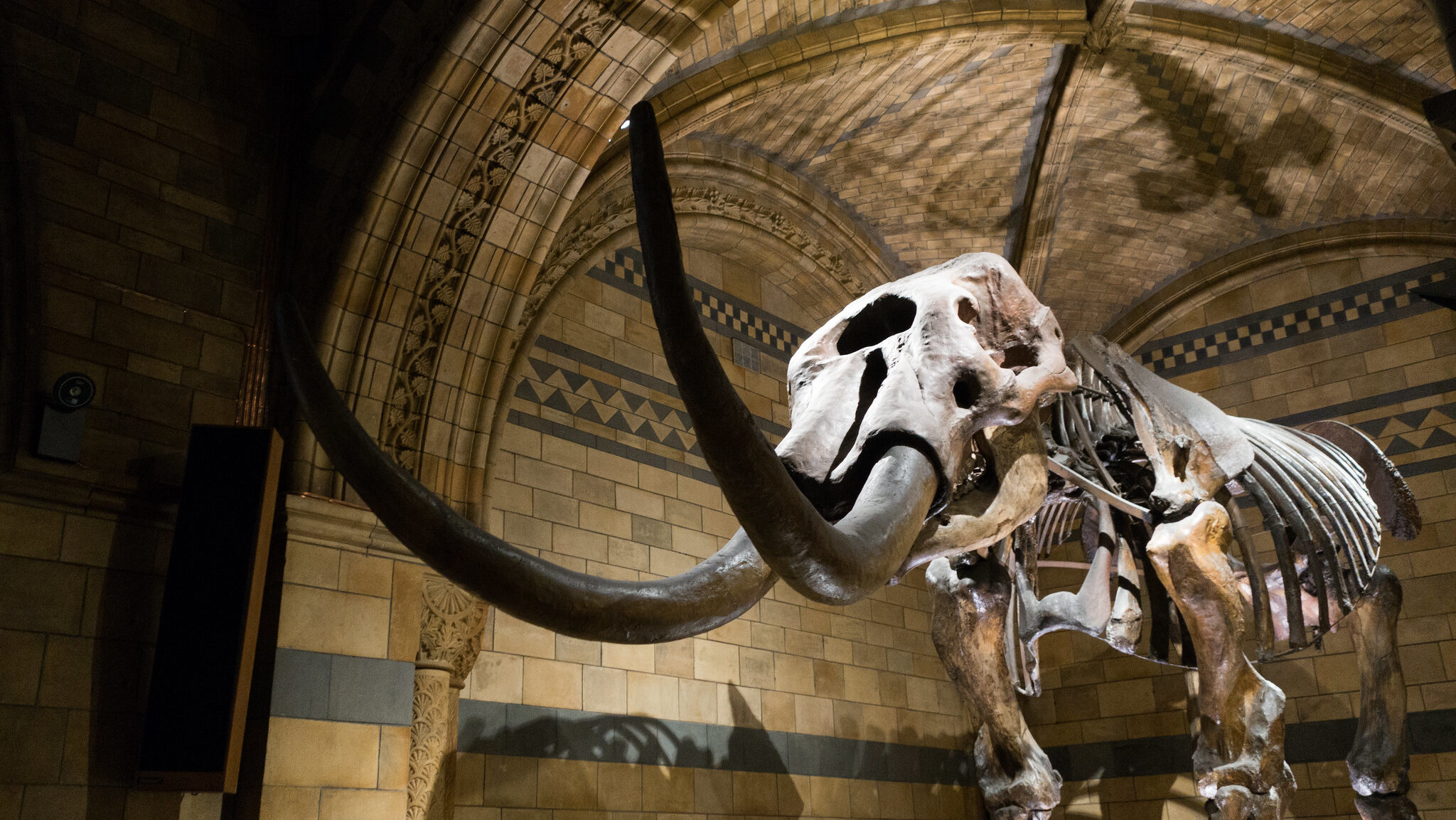
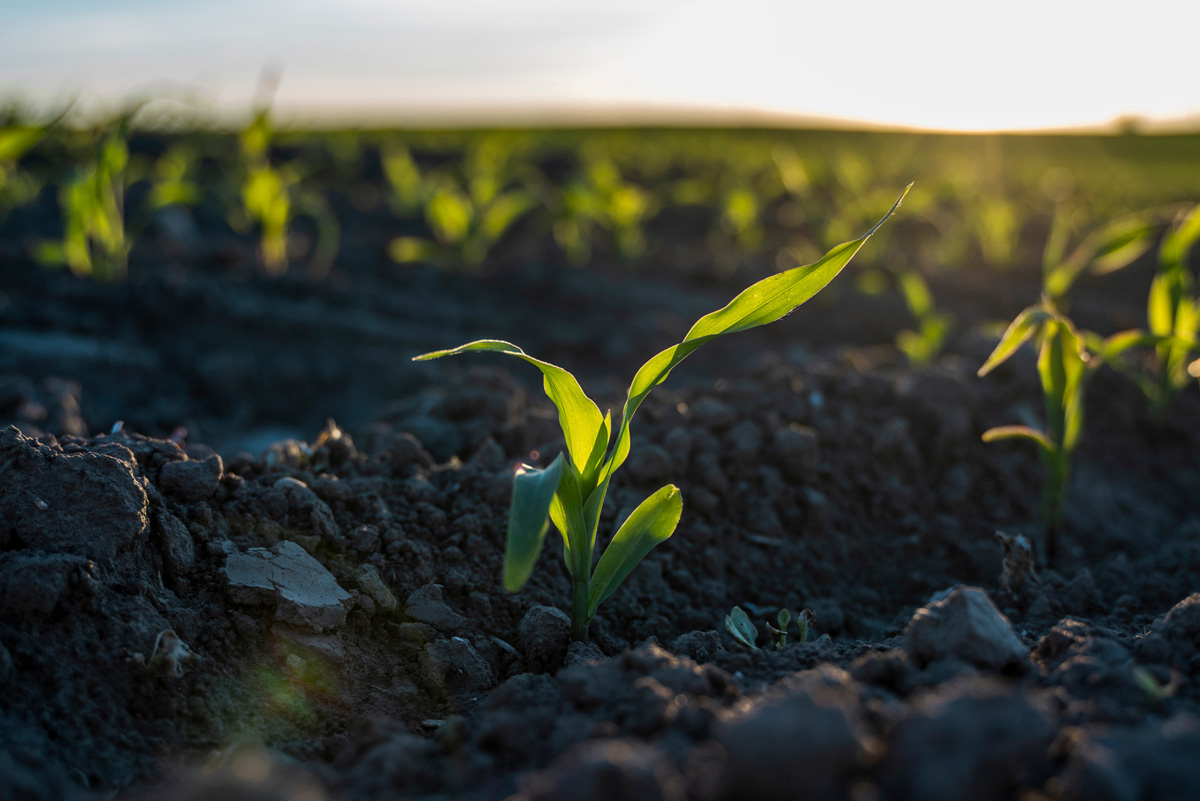







/cdn.vox-cdn.com/uploads/chorus_asset/file/25640358/STK450_STK093_STK095_GOOGLE_EU_MICROSOFTC.jpg)






